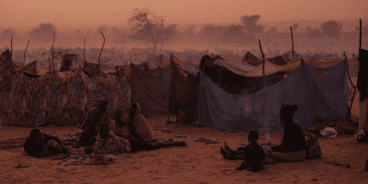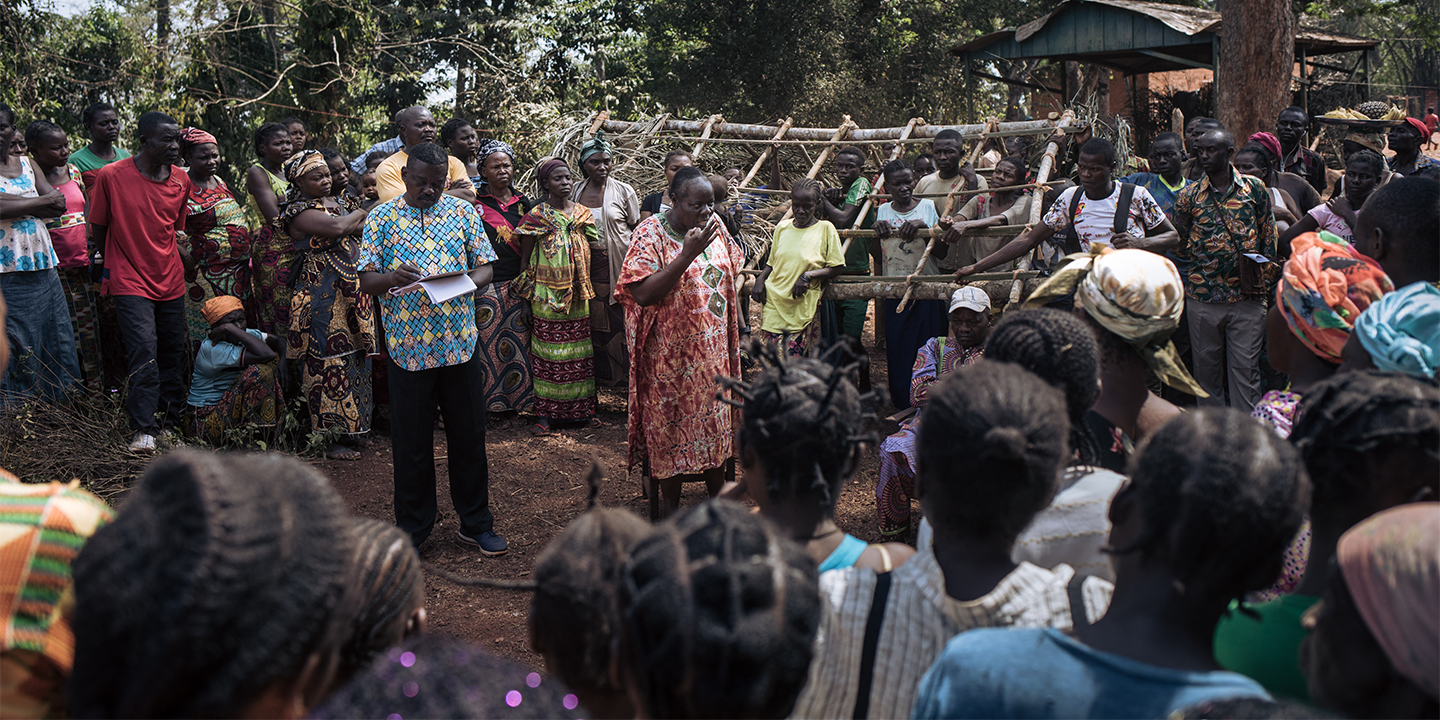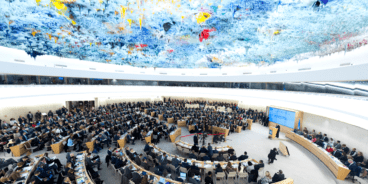

When Peace Starts Local, Prevention Works: Reimagining the UN’s Approach to Atrocity Prevention and Peacebuilding
September 2025 marks 20 years since states gathered at the UN World Summit and unanimously adopted the Responsibility to Protect (R2P) and established key components of the UN’s peacebuilding architecture. At a time of significant shifts within the multilateral system and unprecedented global conflict, this year presents a critical opportunity for the international community to understand the connections between conflict prevention, peace processes, atrocity prevention and R2P, and to recommit – with renewed urgency – to upholding the enduring individual and collective responsibility to consistently protect the world’s most vulnerable populations.
In light of the 20th anniversary of R2P and the 2025 Peacebuilding Architecture Review, the Global Centre for the Responsibility to Protect and Peace Direct have co-authored a policy brief that examines the essential linkages between atrocity prevention and peacebuilding. The brief highlights the shared objectives and overlapping tools of these two fields and emphasizes the central role of locally-led efforts and national ownership when designing and implementing prevention and peacebuilding programs. The publication concludes with actionable recommendations to strengthen peacebuilding practices and enhance the UN’s capacity to prevent conflict and atrocity crimes and sustain durable peace.
We hope this brief will contribute meaningfully to discussions around the future of multilateral action on atrocity prevention and peacebuilding in 2025 and beyond.
2025-April-Peacebuilding-and-Atrocity Prevention-Policy-Brief
Related Content


Recommendations for the 49th Session of the Universal Periodic Review
